Stable glasses produced by physical vapor deposition are important to understand. They exhibit optical birefringence, which traditionally implies that the constituent molecules are aligned.
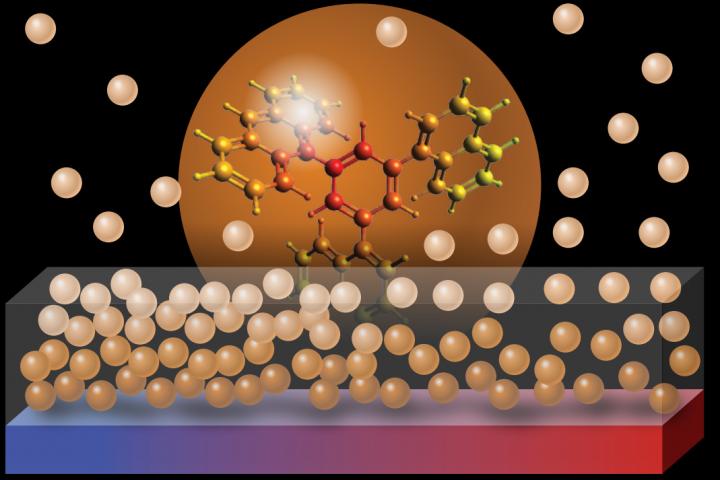
Stable glasses produced by physical vapor deposition are important to understand. They exhibit optical birefringence, which traditionally implies that the constituent molecules are aligned.
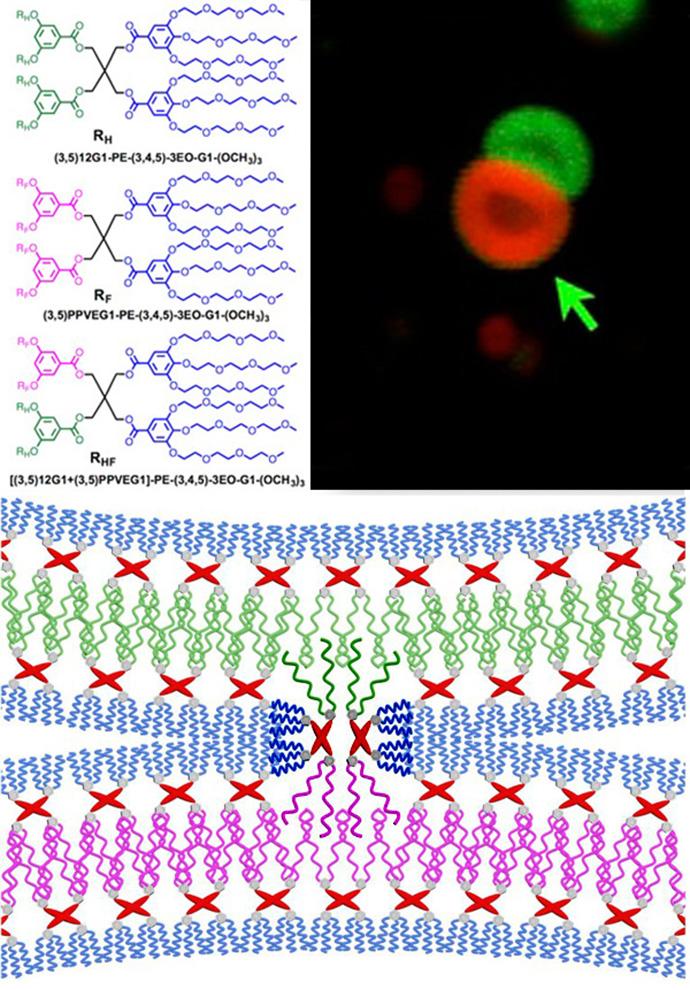
Vesicle fusion and fission processes often occur in biological systems, usually with the aid of specialized proteins. Percec, Klein, Hammer, and Baumgart carried out comprehensive fusion/fission experiments based on three membrane ingredients: hydrogenated (RH), fluorinated (RF), and hybrid-hydrogenated/fluorinated (RHF) Janus dendrimers (Figure – Top Left).
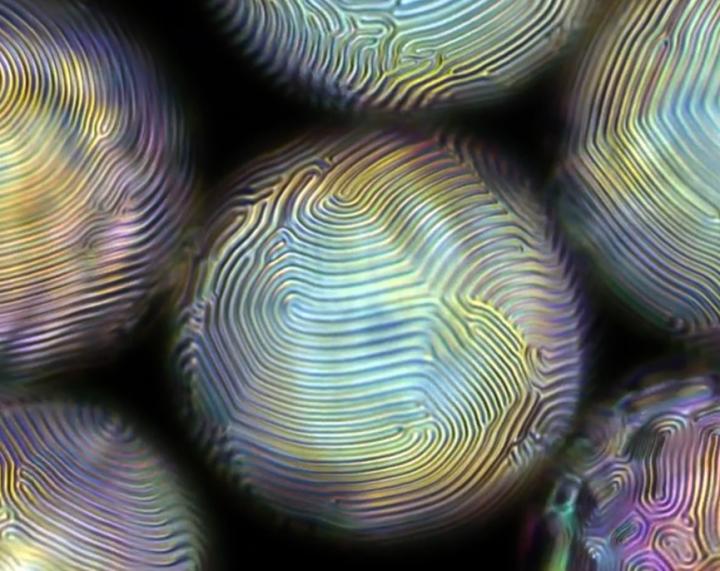
Liquid crystals, fluids with aligned phases of rod-like constituent molecules, are used in everything from computer and television displays to mood rings. “Handedness” or chirality, is ubiquitous in complex biological systems and can be controlled and quantified in synthetic materials such as cholesteric liquid crystals.
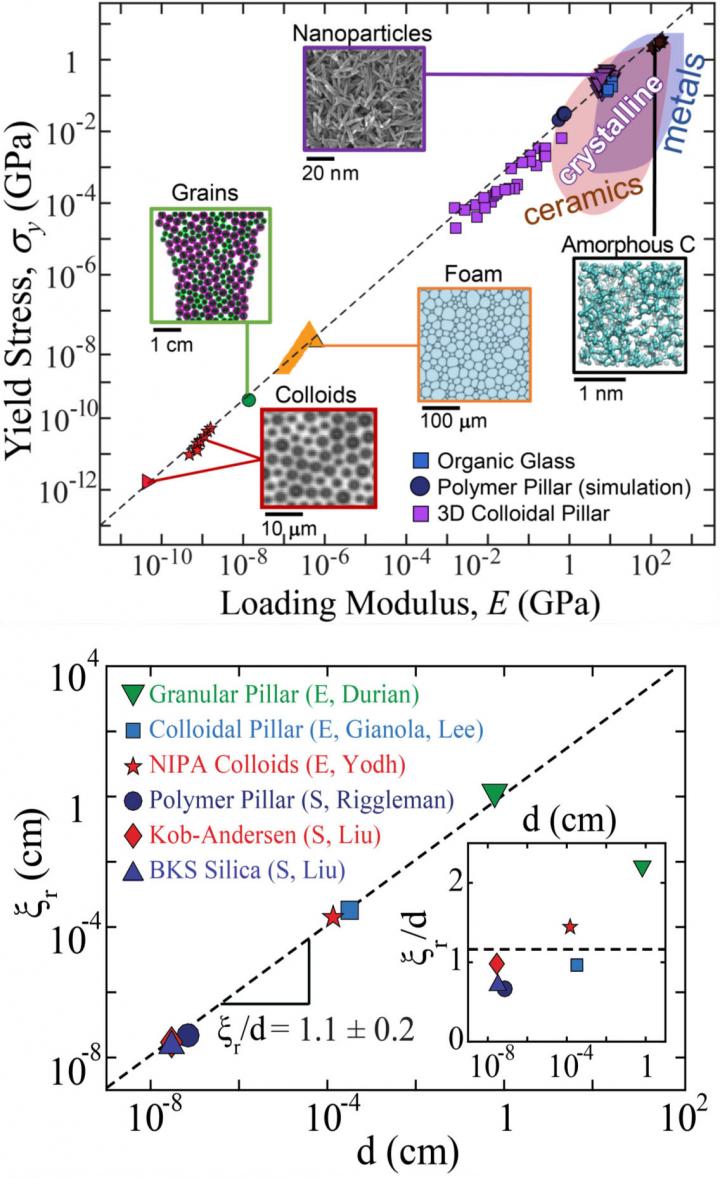
Researchers explore approaches to increase the toughness of disordered materials that are otherwise prone to fail in a catastrophic, brittle fashion.
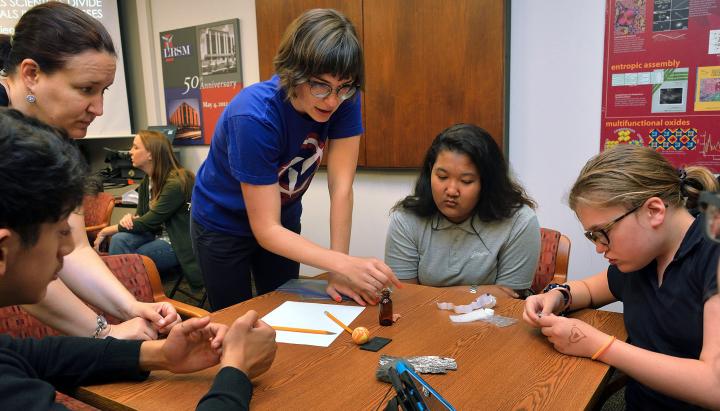
Students from Girard College and the Pennsylvania School for the Deaf participate in lab experiments, materials science lessons, and visits to various Penn facilities. The primary purpose of the program is to introduce URG students to STEM at an early age.
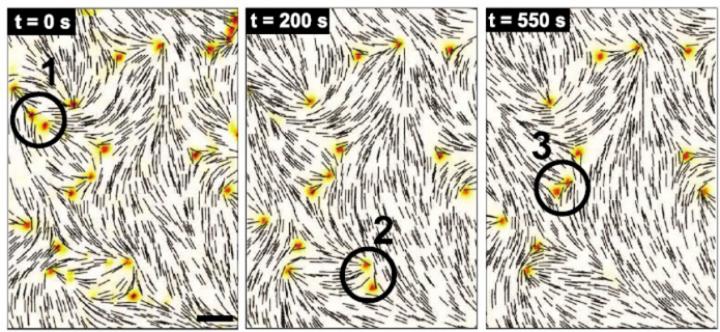
At the University of Chicago MRSEC, we have shown that building blocks of the biopolymers, actin and microtubule, form lyotropic liquid crystals with controllable structure and mechanics.
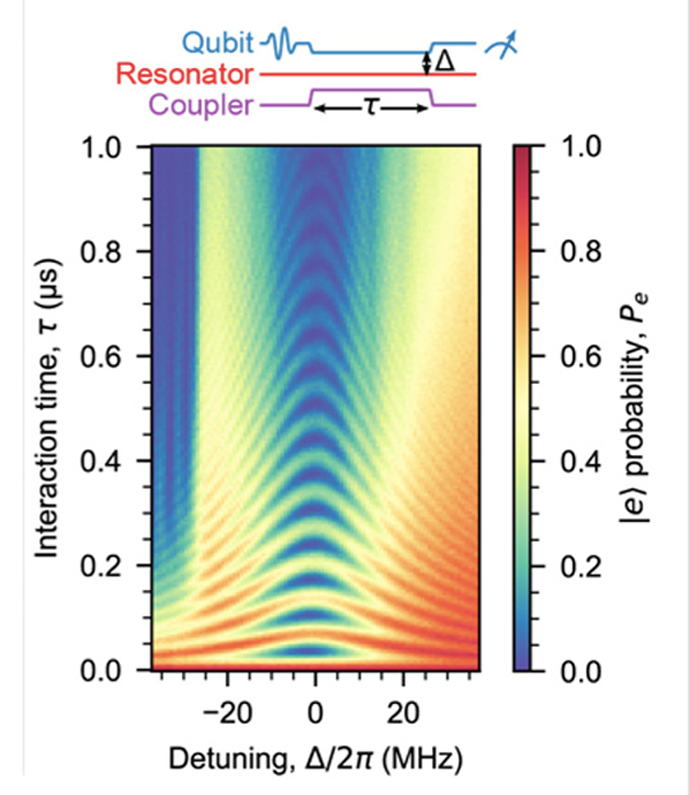
The University of Chicago MRSEC has used super-conducting circuits and piezo-electricity to manipulate single phonons in a surface acoustic wave resonator (SAW).
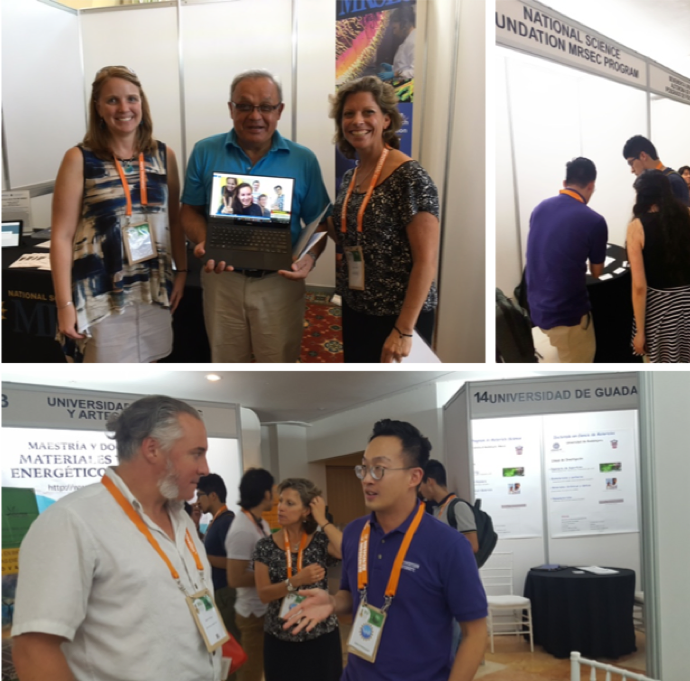
Following a successful inaugural year in 2016, a NSF-MRSEC booth was again featured at the XXVI International Materials Research Congress (IMRC) in Cancun, Mexico on August 19-25, 2017 to increase awareness, promote international collaboration, and broaden participation from traditionally underrepresented groups in the National Science Foundation Materials Research Science and Engineering Cente
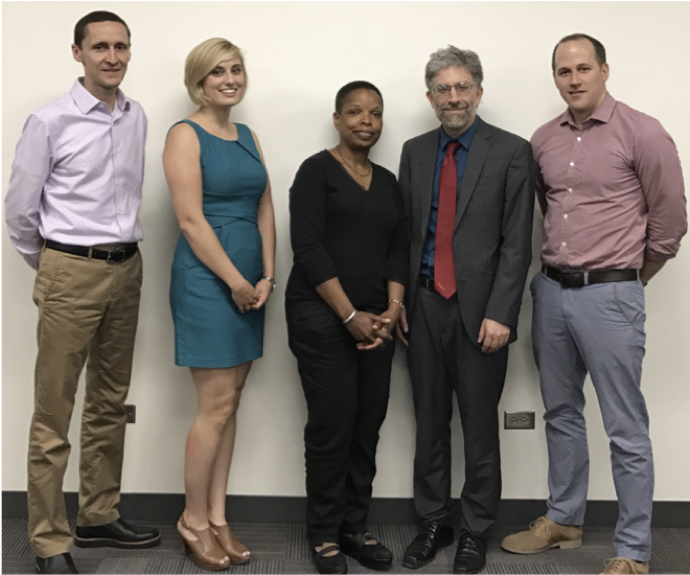
Since its inception in 1992, the NU-MRSEC has offered the Research Experience for Teachers (RET) program each summer to middle-school, high-school, and community-college teachers with the principal goals of engaging them in research, developing a network of scientific colleagues, learning about new scientific and technological developments, and transferring this knowledge to the classroom.
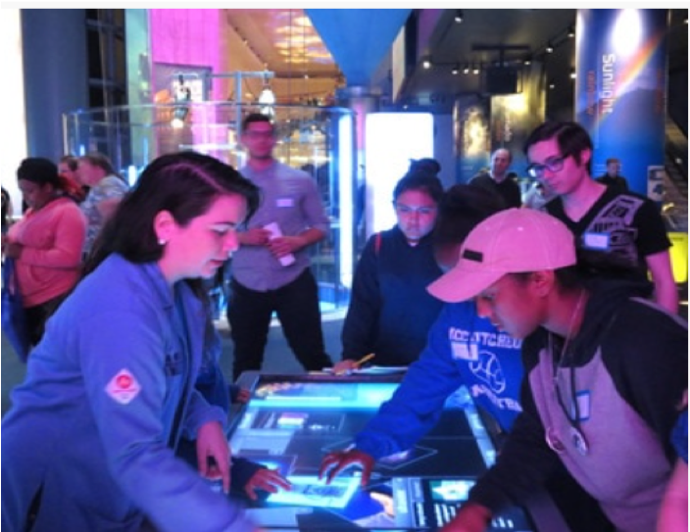
In collaboration with the Chicago Museum of Science and Industry, HerStory is an outreach event that encourages young girls, particularly underrepresented minorities, to pursue science in academia and beyond. The event agenda includes a massive scavenger hunt at the museum that featured exhibits of famous female scientists in each wing of the museum.